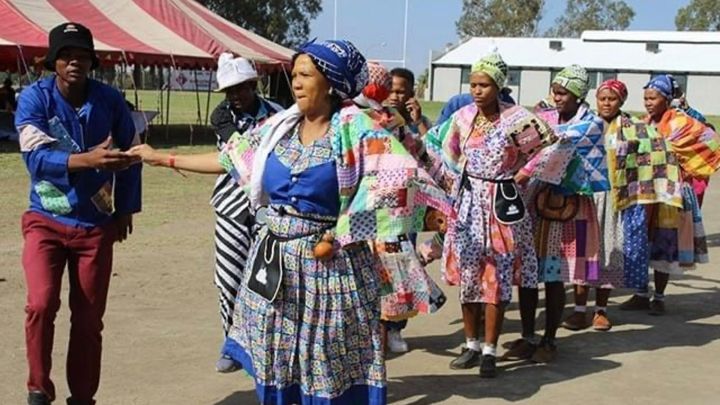
Nama Cultural Festival 2023
When and Where:
May 25-28, 2023
Keetmanshoop, Namibia - Westdene Stadium
The goal for the Festival:
The Nama Cultural Festival is the biggest stage for the southern, eastern and western African Nama and Khoisan communities to come together annually in the south of Namibia - Keetmanshoop, and celebrate the distinctly rich cultural heritage. It aims to enable the old to share and exchange ideas with the young, while the young can gain aspiration and motivation from the old to appreciate their own language and cultural background. It also allows the non-Nama/Khoisan community to learn more about who the Nama/Khoisan people are and gain a better sense of understanding and appreciation for their fellow brothers and sisters.
What are the funds used for:
Since the festival is a non-profit event, the donations will be utilized towards the cost of supporting the elderly, community leaders, cultural entertainers, and food vendors. Here is a snapshot of the main event costs:
- Remuneration for cultural groups, performance artists and musicians
- Provide transport for organizing committee members and selected cases
- Provide food and drinks for guest speakers and participants throughout the festival
- Provide quality technical support like sound systems to accommodate the different venues i.e stadium, cultural village, music hall, venue for panel discussions
History of the Nama/Koisan People:
The Nama are a Khoikhoi group descending from the Khoisan, who already lived in southern Africa thousands of years ago. Their ancestors moved northward in the course of the expansion of the Dutch Cape Colony towards the end of the 18th century. They mostly settled in the Southwest Africa, now known as Namibia, with some migrating to the capital city of Namibia, Windhoek, founded by Jonker Afrikaner, a Nama-Orlaam leader of the 19th century.
At the end of the 19th century, colonial soldiers of the German Empire forced various Nama groups in southern Namibia into so-called "protection contracts". The German rule over the area then called Namaland was finally established when the last independent Gaob (Khoekhoegowab for "king") Hendrik Witbooi signed such a contract with the then-German governor Theodor Leutwein in 1894. After the massacre of the Herero at the Waterberg by the German colonial army under General Lothar von Trotha in August 1904, Hendrik Witbooi rallied several Nama groups who joined the fight against the German colonial power. When he died after several months of guerrilla warfare at the end of 1905, some groups surrendered. The last Nama laid down their arms a bit later when they had been promised mild terms of peace. A little later, however, they were shipped to the recently established concentration camps by the colonial administration and compelled to do forced labor. More than half of them died there; the exact numbers are not conclusively clarified. This constituted what historians now call the first genocide of the 19th century. In addition, the entire land and livestock of the population in southern Namibia were taken away by the Germans. The genocide and subsequent apartheid policy of the South African Mandate Government in Namibia have left its mark on the Nama.
Today, most of the Nama still live in the south of Namibia and are still struggling with the continuities of colonialism and genocide. The Nama Cultural Festival is one approach to empower the Nama people and to strengthen the awareness of the rich cultural heritage and the long history that dates back thousands of years.